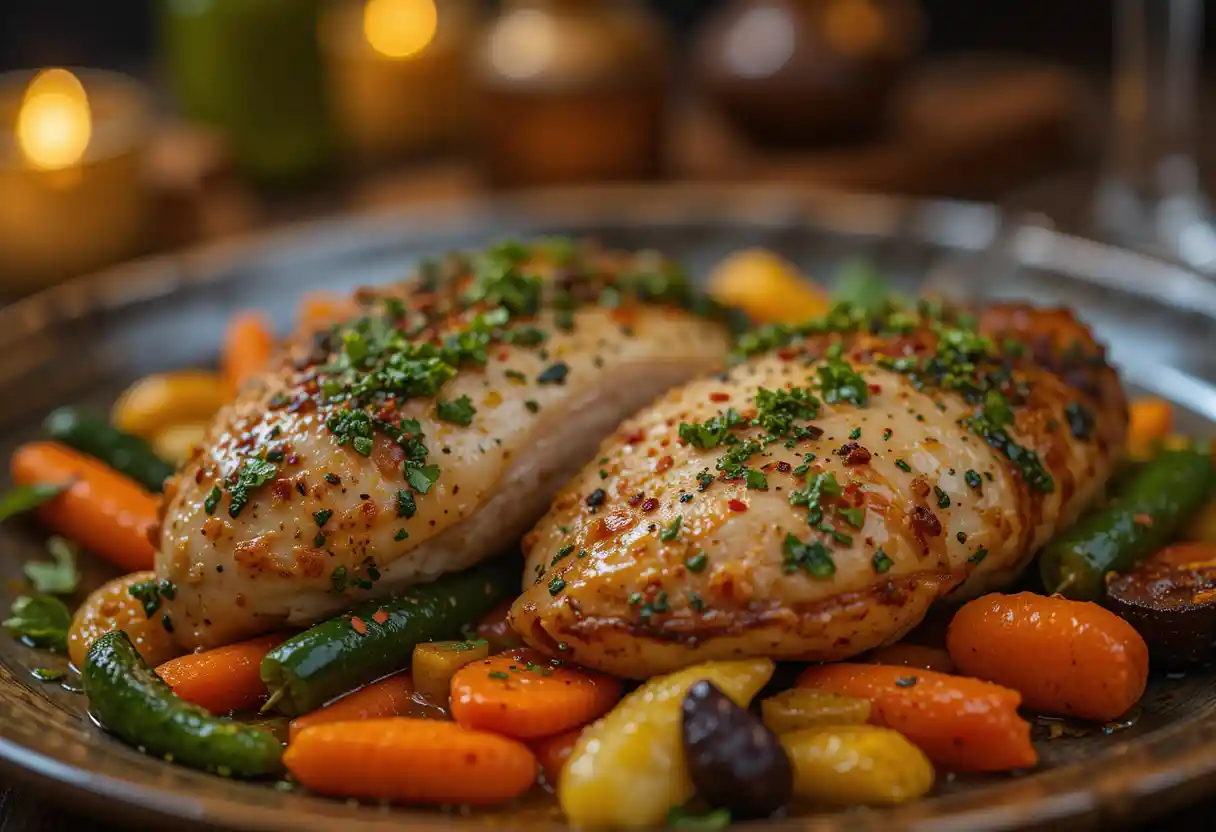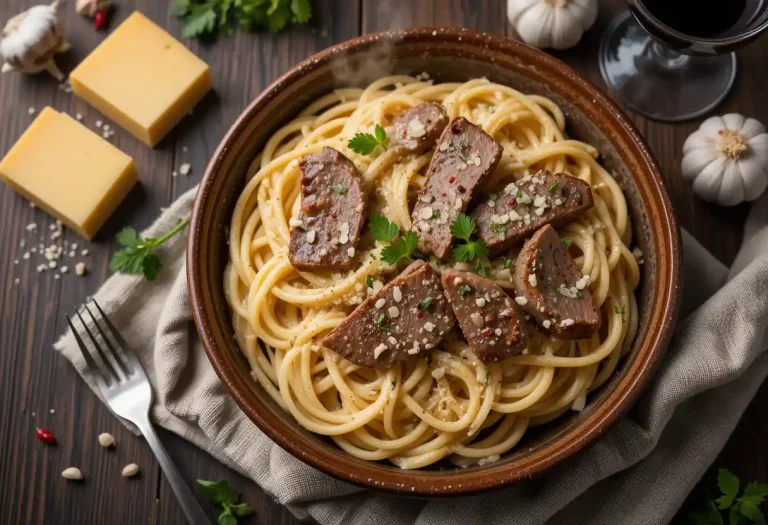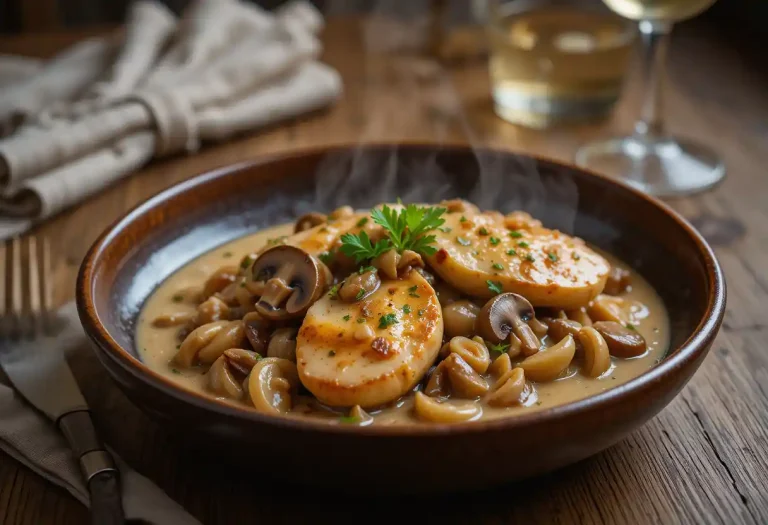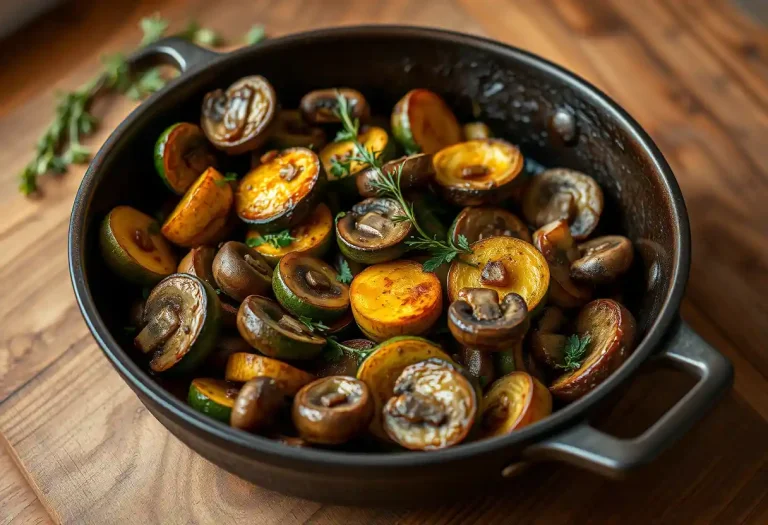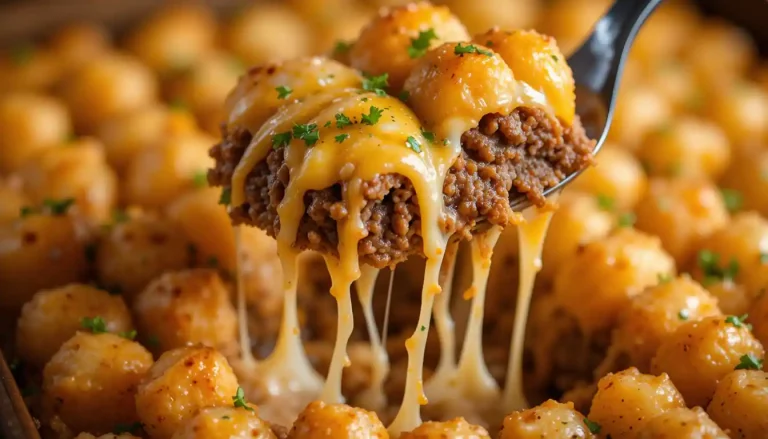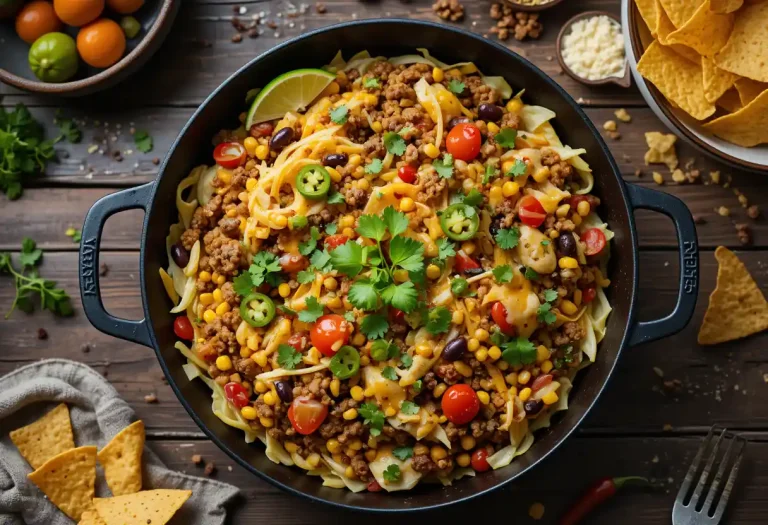Marinated and Baked Chimichurri: A Flavorful Twist on a Classic Sauce
Chimichurri is one of those iconic sauces that has stood the test of time in Latin American cuisine. Known for its fresh, tangy, and herbaceous flavors, it’s often paired with grilled meats, particularly steaks, in Argentina, but its versatility makes it perfect for countless dishes. While traditional chimichurri is typically served as a sauce, there’s an exciting way to elevate it to new heights—by marinating and baking it onto your proteins and vegetables. This method adds an extra depth of flavor and ensures that the vibrant, zesty notes of chimichurri penetrate the dish in a way that’s simply irresistible.
In this post, we’ll take you through the process of marinating and baking chimichurri. We’ll explore how this method enhances flavor, why it’s a game-changer for your cooking, and provide you with tips and tricks to make this technique a staple in your kitchen.
What is Chimichurri?
Chimichurri is a green herb-based sauce that originated in Argentina and Uruguay. It’s made from fresh ingredients like parsley, oregano, garlic, onion, and vinegar, typically with a generous amount of olive oil and a kick of red pepper flakes for heat. The sauce’s base can vary—some recipes include cilantro, while others might use lemon juice or lime for acidity.
What makes chimichurri so special is the combination of fresh herbs and bold seasonings, which creates a bright, tangy, and slightly spicy flavor profile. This sauce is traditionally used as a condiment for grilled meats, especially beef, but it can also serve as a marinade or dipping sauce for a variety of dishes. However, by marinating and baking it, you open up a world of culinary possibilities, taking chimichurri from a side accompaniment to the centerpiece of the meal.
Why Marinate and Bake with Chimichurri?
Marinating with chimichurri imparts a deep, flavorful coating to your meat, seafood, or vegetables, but what really elevates the dish is the baking process. Here’s why you should give it a try:
- Flavor Penetration: Marinating proteins and vegetables in chimichurri allows the fresh herbs, spices, and tangy vinegar to infuse deeply into the food, creating a more robust, well-rounded flavor. By baking it afterward, the sauce is absorbed and caramelized, bringing out its natural sweetness while maintaining that signature herbaceous kick.
- Tenderizing: The acidity of the vinegar in the chimichurri marinade helps tenderize proteins like chicken, pork, or beef. When baked, this tenderness is enhanced, making your meats incredibly juicy and full of flavor.
- Enhanced Aroma: Baking chimichurri brings out the natural aromas of the herbs, garlic, and vinegar, filling your kitchen with a fragrant, mouthwatering scent. The heat allows the oil to release the flavors of the herbs and spices, creating a savory, aromatic experience.
- Versatility: While chimichurri is traditionally used with grilled meats, it works equally well when baked. Whether you’re preparing chicken breasts, fish fillets, or even vegetables like zucchini and bell peppers, chimichurri is a versatile marinade that pairs perfectly with almost anything. The baking process transforms it into a rich, caramelized coating that enhances the natural flavors of the ingredients.
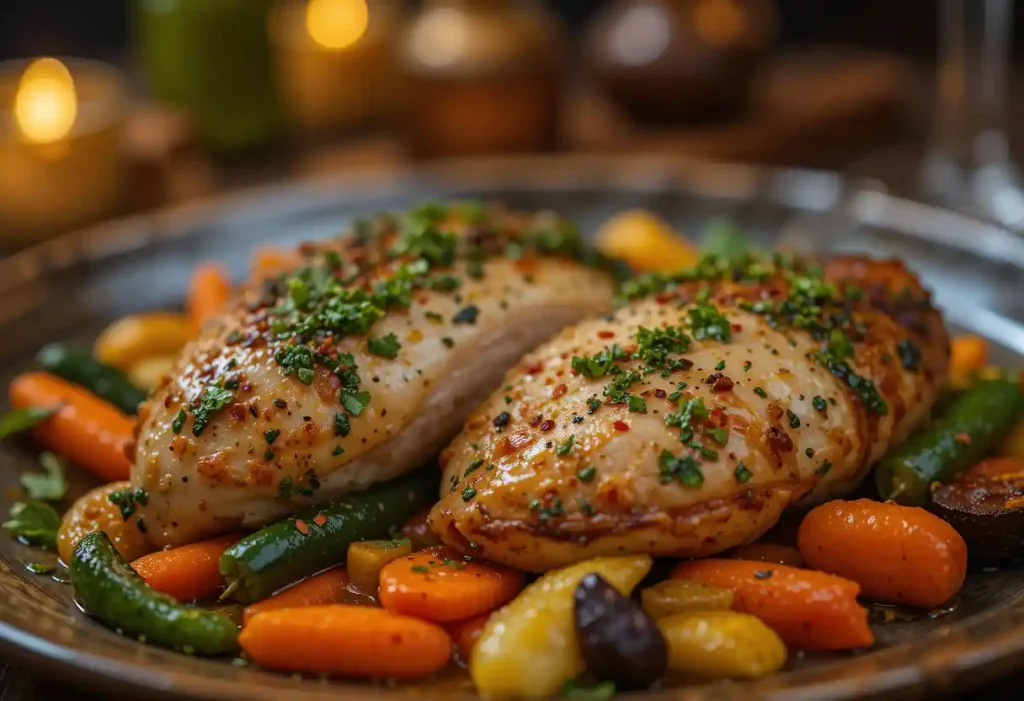
How to Marinate and Bake with Chimichurri
Now that we know why marinating and baking with chimichurri is such a great idea, let’s walk through the steps to make it happen.
Step 1: Make Your Chimichurri Sauce
You can easily prepare chimichurri at home with just a few simple ingredients. The key is to use fresh herbs, as they create the bright and vibrant flavors that are essential to this sauce.
Ingredients for Chimichurri:
- 1 cup fresh parsley, finely chopped
- 2 tablespoons fresh oregano, finely chopped (or 2 teaspoons dried oregano)
- 4-5 cloves garlic, minced
- 1 small red onion, finely chopped
- 1-2 teaspoons red pepper flakes (adjust depending on desired heat level)
- 1/4 cup red wine vinegar or white wine vinegar
- 1/2 cup extra virgin olive oil
- 1 tablespoon lemon juice (optional, for extra brightness)
- Salt and pepper to taste
Directions:
- In a medium bowl, combine the parsley, oregano, garlic, onion, and red pepper flakes.
- Add the red wine vinegar and lemon juice (if using) to the mixture.
- Slowly pour in the olive oil, stirring as you go to combine everything evenly.
- Season with salt and pepper to taste, adjusting as needed.
- Allow the chimichurri to sit for at least 30 minutes to allow the flavors to meld. For a more intense flavor, marinate it in the refrigerator for a few hours.
Step 2: Marinate Your Ingredients
Choose your protein or vegetables for marination. Here are a few ideas for what to marinate with chimichurri:
- Chicken breasts or thighs: Marinate for at least 30 minutes, or up to 4 hours.
- Pork chops or steaks: Marinate for 1-2 hours for a rich, deep flavor.
- Fish fillets (like salmon or cod): Marinate for 20-30 minutes—fish absorbs flavor quickly.
- Vegetables (such as bell peppers, zucchini, or mushrooms): Marinate for 30 minutes to 1 hour.
To marinate, place your chosen ingredients in a resealable bag or shallow dish and pour the chimichurri over them. Make sure they are evenly coated, then refrigerate for the recommended marination time. The longer you marinate, the more intense the flavors will be.
Step 3: Baking with Chimichurri
After marinating, it’s time to bake. The method and timing will depend on what you’re cooking, but here’s a general guideline for a few common ingredients:
- Baked Chicken Breasts: Preheat your oven to 375°F (190°C). Place the marinated chicken breasts on a baking sheet lined with parchment paper or foil. Bake for 20-25 minutes or until the internal temperature reaches 165°F (75°C). For crispy skin, broil for the last 2-3 minutes.
- Baked Pork Chops: Preheat your oven to 375°F (190°C). Arrange the pork chops on a baking sheet and bake for 25-30 minutes or until the internal temperature reaches 145°F (63°C). Let them rest for a few minutes before serving.
- Baked Fish Fillets: Preheat your oven to 350°F (175°C). Place the marinated fish fillets on a baking sheet and bake for 15-20 minutes, depending on thickness, until the fish is cooked through and flakes easily with a fork.
- Baked Vegetables: Preheat your oven to 400°F (200°C). Toss the marinated vegetables in olive oil (if needed) and bake for 20-25 minutes, or until tender and caramelized, flipping halfway through.
Step 4: Serve and Enjoy
Once your dish is baked to perfection, remove it from the oven and let it rest for a few minutes. The chimichurri will have caramelized slightly, leaving behind a rich, flavorful coating that pairs beautifully with the tender meat or veggies.
Serve your marinated and baked chimichurri dish with a side of rice, salad, or grilled bread for a well-rounded meal. Don’t forget to drizzle any remaining chimichurri over the top for an extra burst of flavor.
Variations on Baked Chimichurri
While the traditional chimichurri recipe is incredible on its own, you can play around with the sauce to create different flavor profiles. Here are a few ideas:
- Add citrus zest: Try adding lemon, lime, or orange zest for a fresh, tangy twist.
- Spicy chimichurri: Increase the amount of red pepper flakes or add some fresh jalapeños for a bolder kick.
- Smoky chimichurri: For a smokier flavor, add smoked paprika or chipotle powder to the sauce.
- Herb variations: Experiment with other herbs like cilantro, mint, or basil for unique flavor combinations.
Conclusion
Marinated and baked chimichurri is an incredibly versatile and flavorful way to elevate any dish. The infusion of tangy vinegar, fresh herbs, and spices gives your meats, fish, and vegetables a delicious, caramelized coating that brings a whole new dimension of flavor. Whether you’re hosting a dinner party, preparing a weeknight meal, or just craving something bold and zesty, this method of marinating and baking chimichurri will never disappoint. So, next time you reach for that bottle of chimichurri, try baking with it—you won’t regret the mouthwatering results!
